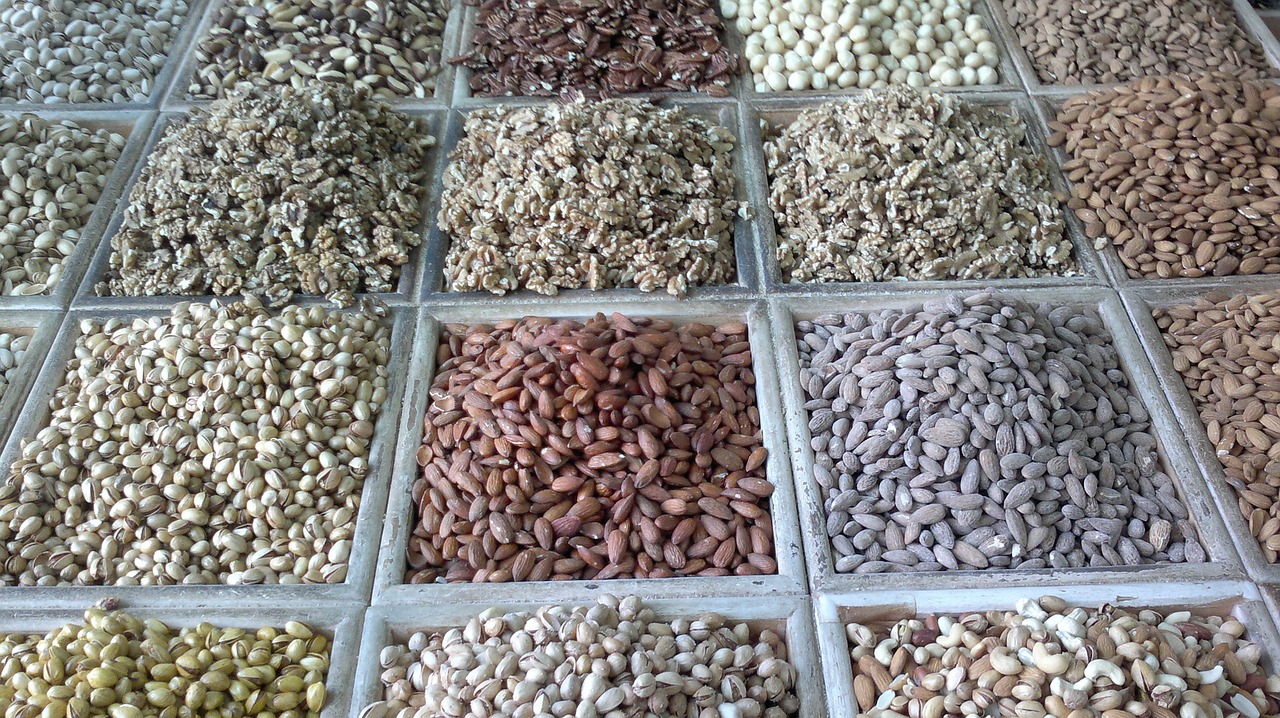The process of gathering all the information required by law to be on your product labels can be time-consuming. And after all the details and percentages are sorted out, there’s the design work required to display it in the required format. So it’s a good thing the requirements—and your ingredients—don’t change too often… or do they? For products that can change rapidly due to ingredient supplies (like organics), digital printing can save time and money, and keep you compliant with government labeling regulations.
Organic Ingredients and Sourcing Challenges
Many mass-market food and personal care products use unchanging “recipes” and ingredients that are easy to source and keep profit margins high. But to meet the growing demand for organic food and other products, manufacturers have to source ingredients not strictly based on margins but on the makeup of the product. It’s not surprising that some of these ingredients can be harder to come by, or that supplies may be depleted as more and more organic producers enter the market and compete. So what is a manufacturer to do?
Substitute Ingredients
For every organic food item and personal care product, ingredients are selected for how they contribute to the end product, whether it’s a nutrient, texture, therapeutic effect, etc. So if an essential ingredient can’t be obtained before a production run, some manufacturers are able to choose another organic ingredient to take the place of the missing one. There may be a one-to-one substitute available, or a few new ingredients (and perhaps adjustments to others) may be required to produce an equivalent end product.
Modify the Recipe
Even if all the ingredients are available at production time, full quantities may be lacking. Or, because of the variances in natural products, qualities or “strengths” may differ. To produce the same result that customers expect, it may be necessary to adjust the recipe. For example, a stronger flavor means using less of an ingredient, or a weaker natural hue may require different percentages of organic colorings to maintain consistency.
Meeting Label Requirements—Every Time
All these changes from batch to batch, or production run to production run, mean the dream of finalizing one ingredient/nutrition facts label for the life of the product is out the window (along with extra stock of labels or printed packaging). With rules upheld by the FDA, USDA NOP, NSF, and other product regulation and organic certification bodies, organic producers can’t just be “close enough” and bring products to market that don’t match what’s on the label. Ingredients are required to appear in descending order from highest quantity to lowest (with some exceptions, such as active ingredients). So when ingredients or even their percentages change, it’s time for new labels.
Printing New Labels
Traditional label and packaging print runs are often driven by volume discounts as much as the actual supply need. “More” is usually “cheaper,” so it’s tempting to overbuy. But even if you do buy just what you need, it’s not the most economical choice for short runs.
Because of frequent changes, digital printing is a fast and economical solution. Digital printing allows for label changes variations by using variable data:
- Run labels together for multiple products
- Run labels together for different batches of the same product (even with different ingredients)
- Quickly modify digital data rather than more expensive graphics to update labels with ingredient changes on the fly
- Maintain an assortment of frequently-used variations that you can easily rotate between
- Print short runs more economically than with press printing
Preparing FDA-approved labels is a big enough project, but changing them frequently doesn’t have to be a headache for organics manufacturers. Talk to your label printer about digital printing as a solution for staying compliant and keeping your sanity!

